Ginger is one of those ‘must-have’ plants in your garden. There’s really no flavor quite like it and when you’ve got a cold, boiled with a little honey you have a pretty amazing tea to relieve your symptoms. Today we’re going to talk a little more about ginger, more specifically about what plants are going to be the best and worst companions for it when you’re growing them both in your garden.
To help you with proper planning, we’ve collected 10 of the best companions for ginger, as well as 10 plants that are probably best placed somewhere else if you want to avoid trouble. With a little strategizing, you can mix and match your favorites and you’re really going to love the results.
Let’s take a look at the best companion plants for ginger (and the worst!) and you can see what you think – We’ll think that you’ll agree that there are really some serious perks for well-paired plantings!
Table of Contents
Good Companion Plants For Ginger
In this section, we’ll share with you some of the many plants that will happily thrive with ginger right next to them in the garden. There are quite a lot, so we’ve picked some of the most popular, as well as a few that are medicinal or ornamental so that you can ‘spice things up’ a little if you like.
For each entry, we’ll tell you why these plants will get along with ginger, as well as some of the perks of the pairing to help you decide if you think they’ll be a good fit for what you have in mind. Without further ado, here are the good companions for your ginger plants1
1. Beans

Beans are a staple garden crop that’s great to have around, especially if you’re from the southern states. As a companion plant for ginger, beans definitely make a good match, as these tall plants will help to ensure that your ginger isn’t getting too much full sunlight all of the time.
For the beans, having the ginger nearby can help to keep some insects away, but there is one caveat of this pairing that you should be aware of. With beans as companion plants to your ginger, you’ll want to be sure not to add any extra nitrogen supplements, as the beans are going to spike the nitrogen levels in the soil a bit. Too much nitrogen will raise the rhizome levels of your ginger and also cause it to produce extra foliage, but if you avoid adding extra nitrogen then this pairing should get along like gangbusters.
2. Bell peppers
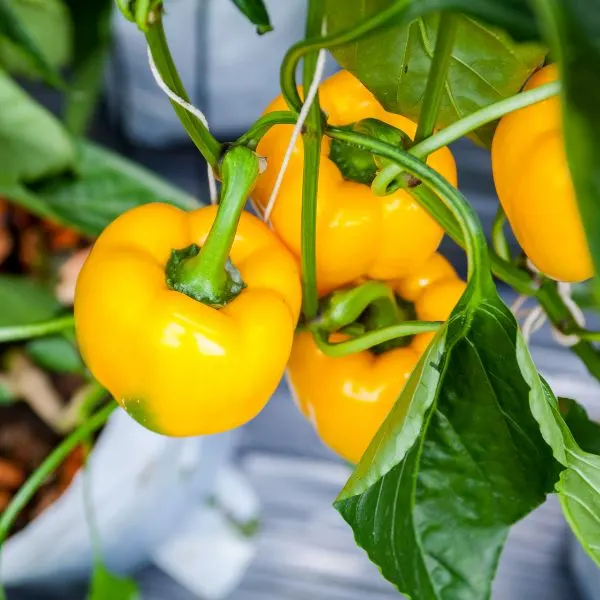
Not everyone likes all the heat from chili peppers, but Bell peppers are a great way to get a little spice without having to make a run for the milk. Springing up nicely to a height between 3 and 6 feet, Bell peppers will give your ginger a little respite from the sun at the same time that both plants are flourishing.
As both have some repellent qualities of their own, this pairing also helps to ensure that when it’s time to harvest after all your hard work, that you’ll have better chances of a good one. If you love Bell peppers, be them in your salad, grilled up with meats, or even stuffed and baked in the oven, stick ‘em next to your ginger – both plants will be more than happy with that arrangement!
3. Chili peppers
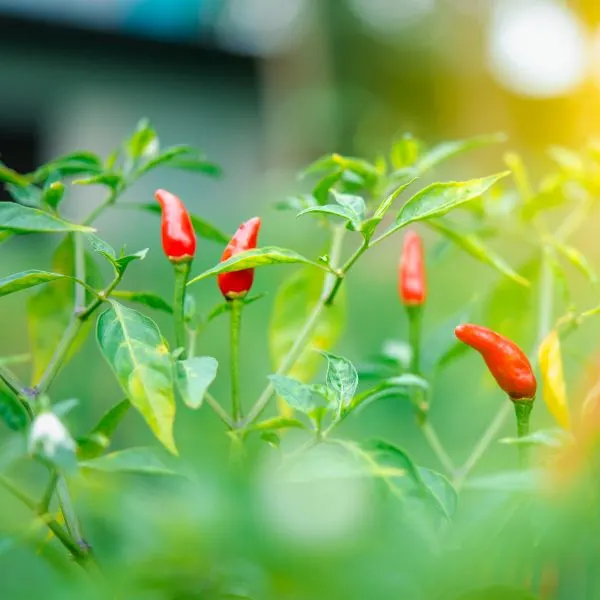
Chili Peppers are another great garden-mate for your ginger. Like beans, they will help to provide a little shade on a hot, sunny day, but they also contain capsaicin, so peppers bring a little pest control to the table just like ginger does.
Just be sure that when you plant them that your chilis are getting enough sunlight and be careful not to overwater them, otherwise you’ll get less peppers for your troubles. Ideally, planting them on the outermost perimeter of your garden with the ginger nearby, so that the peppers can get the most sun while your ginger keeps them company in the pepper’s shade.
4. Cilantro
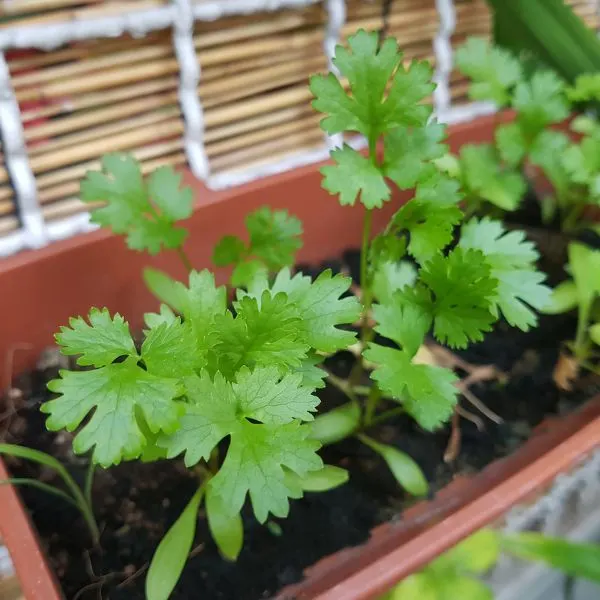
Cilantro is a great choice if you like to cook a little authentic Mexican or Tex Mex dishes from time to time. Growing up a bit bushy to a height of up to 2 feet, Cilantro helps to provide a little shade without overdoing it. What’s more, it’s a flowering plant option, so you’ll get some lovely white flowers that you can enjoy as the scents of ginger and cilantro mix in your personal garden.
Just make sure that your cilantro will be able to get plenty of sun and if so, then these two make an excellent pairing that you can take straight from your garden to the kitchen when you need them!
5. Fruit Trees
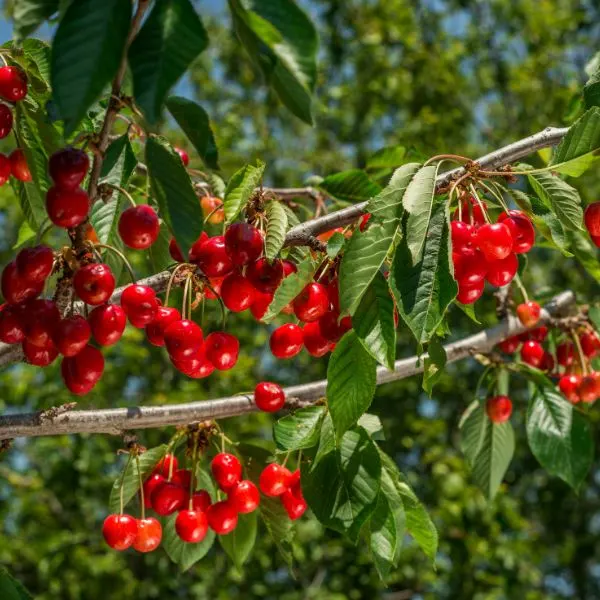
Everyone loves having a fruit tree, but they take up a lot of space, and then you have to figure out how to fill that. Well, as it turns out, ginger makes a great companion for fruit trees. The ginger will get a nice bit of shade from time to time, and the fruit trees will benefit from ginger’s insect repellent properties as well.
It’s a good fit for all plants concerned and with a little luck, you’ve set up a scenario where you’ll have fruity snacks when you feel like taking a break from harvesting your ginger!
6. Garlic
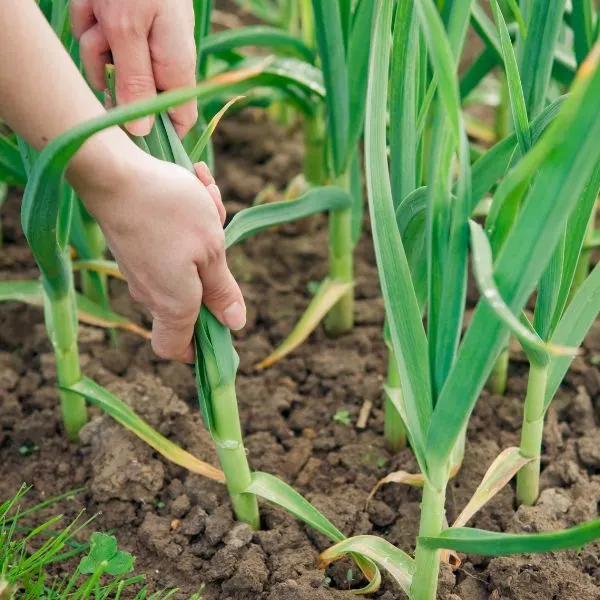
This companion plant for Ginger is one that we all know and love… garlic! Like ginger, it’s one of those flavors that the kitchen really isn’t complete without and as it turns out, it does quite well growing in the garden with ginger. Not only does it have similar requirements to grow up strong, but garlic doesn’t take up much space at all!
When you dd in that the repellant qualities of both plants can work in concert, then you also have a recipe for less pests to deal with, and the cherry on top is that the smell of the ginger will help to take away for the sulfurous cloud that you get growing a patch of delicious, albeit stinky, garlic cloves.
7. Hibiscus
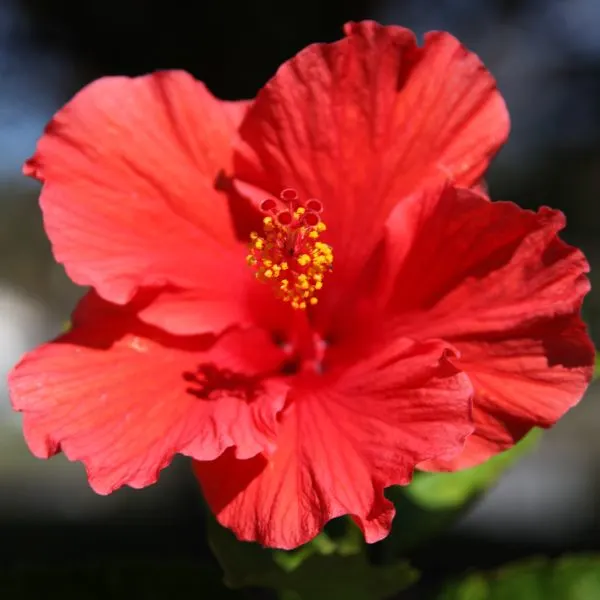
Since we’re on the subject of orange flowers and medicinal plants, it’s the perfect time to mention hibiscus as a potential garden-buddy to keep your ginger company. Paired with your ginger, hibiscus can spring up nearby up to heights between 3 and 7 feet, so you’ll definitely be able to give your ginger some convenient shade.
As an added perk, you’ll be able to make your own hibiscus tea and the orange flowers that you’ll bring into the garden are not only beautiful, but will bring butterflies to frolic and play. As far as companion plants go, it’s definitely a win-win situation.
8. Lemongrass

Speaking of scents, Lemongrass smells wonderful and it adds unique flavors to your seafood dishes, soups, and more. It grows considerably higher than a lot of the other companions we’ve listed so far, with a maximum height of around 5 feet when fully grown. As such, while your ginger won’t mind the shade, if you pair these two then make sure that any other plants close enough to the lemon grass which need full sunlight are scooted a little further away.
This concern aside, these two get along like best friends and even have similar soil and nutrient requirements, so this particular patch of your garden will be a piece of cake to maintain.
9. Nasturtium
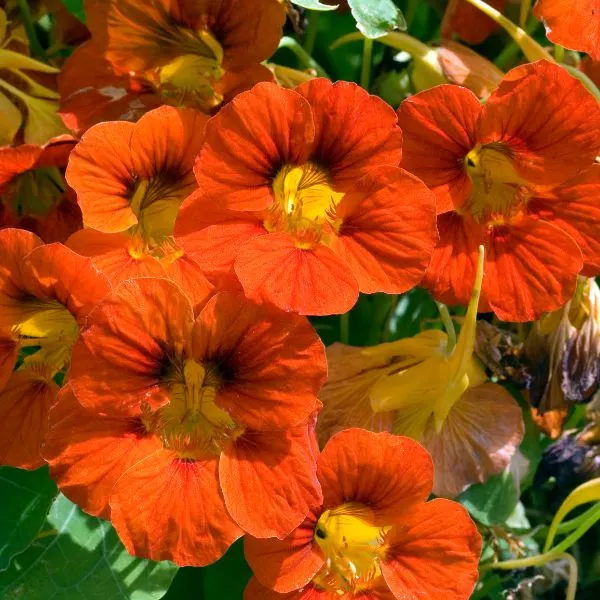
While largely considered a medicinal plant, Nasturtium is one of Nature’s gems that is completely edible, even including its delightful orange flowers – and it grows quite well with ginger for a neighbor! Fully grown, it can reach heights between 1 and 3 feet, and it also attracts pollinators and can lure pesky aphids – as well as the ants that come to eat them — away from your beloved ginger.
If you’ve never tried it cooked or used this plant as a garnish, we definitely recommend it, but even if it’s not your favorite it makes for a good companion for your ginger that will bring a bright, orange color to the garden in spring.
10. Turmeric
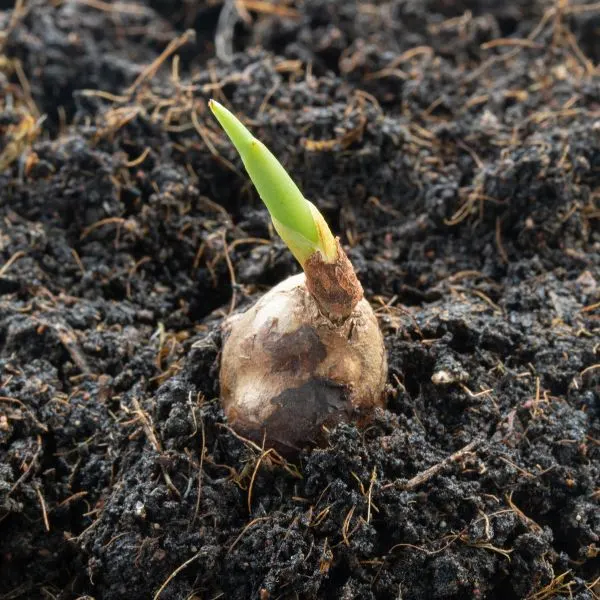
Turmeric and ginger are both spicy kitchen favorites, so why not let them be garden mates? Turmeric and ginger pair well, starting off in that they have the same soil requirements. Next, Turmeric can get to be up to 3 to 4 feet tall, so it will also help to shade your ginger a little bit during the day.
It makes sense, after all, as these two plants are related. Ginger’s family, ‘Zingiberaeae’, includes some kitchen favorites like cardamom and, yes, Turmeric. So, if you use both of these spices then consider making things easy on yourself come harvest time – just plant them together!
Bad Companions For Ginger
So, we’ve gone over a few of the plants that play well with ginger, so it’s only fair that we cover a few plants that definitely DO NOT. Each of the plants below is best kept far away from your ginger and we’ll tell you a little about the ‘why’ of it so that you can avoid any potential pitfalls. Let’s take a look!
1. Beets
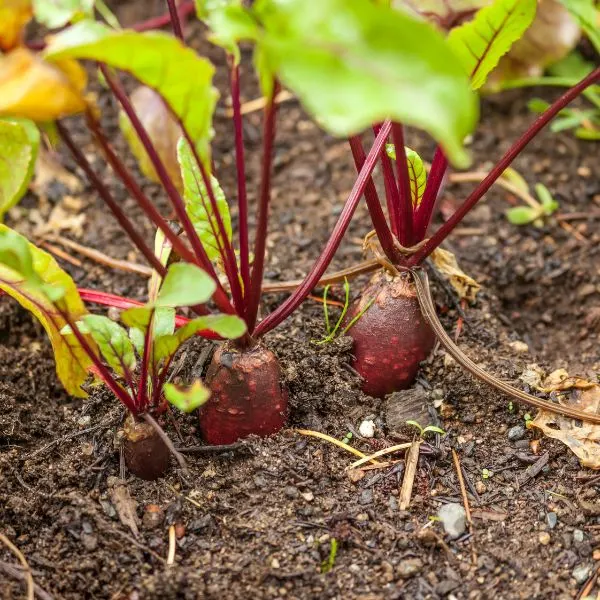
Beets are not really the best option when it comes to pairing with ginger in your garden. While these plants may reach heights of 1 to 3 feet, ginger reaches heights of 3 to 4 feet, so it will be throwing a little shade on your beet roots. While beets can grow in shade, they’ll do much better if they get full sunlight as much as possible, so it’s probably best to relegate them to their own spot on the outside perimeter where they can drink up sunlight to their little green heart’s content!
2. Cucumbers
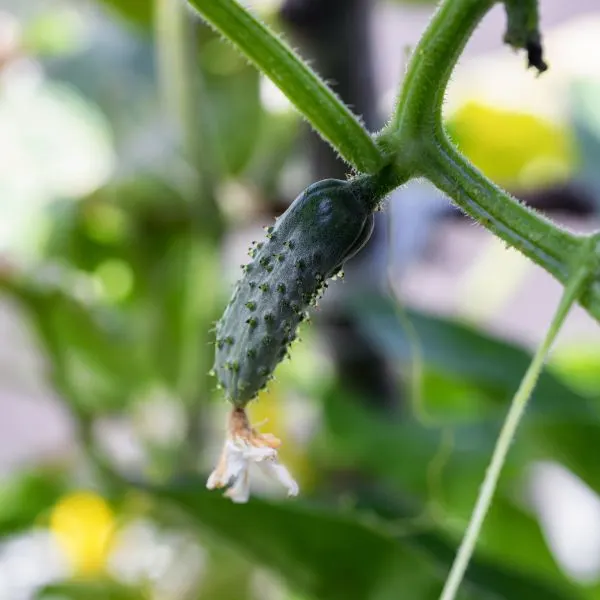
Cucumbers are yummy and easy to grow, but you might want to keep them away from your ginger in the garden. That’s because your cukes like to get a lot of sunlight and while they’ll appreciate the shade from ginger sometimes, if they get too much then it’s going to be very apparent when the harvesting time arrives.
3. Eggplant
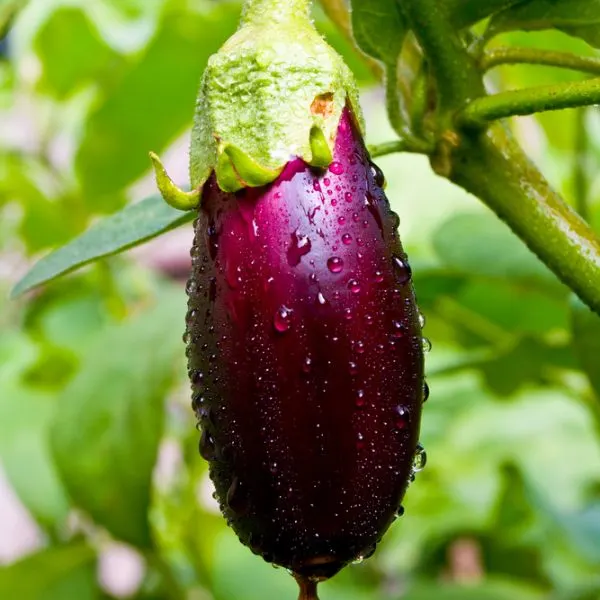
Eggplants, like tomatoes, are another member of the Nightshade family and also at risk for bacterial wilt as a result. This means that you’ll want to make sure there is plenty of space between them and your ginger and keep this in mind for any other potential pairings with both of these plants.
4. Potato
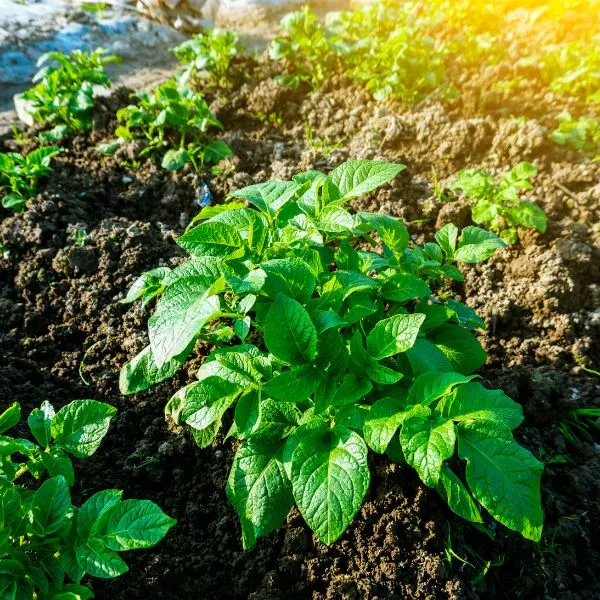
Potatoes are a staple for most gardens. After all, they’re delicious, easy to grow, and oh-so-filling when you are feeling a bit peckish. Unfortunately, they also make lousy companions for your ginger, for the same reasons that tomatoes do – bacterial wilt.
Like tomatoes and your ginger, potatoes are quite susceptible to bacterial wilt and when you harvest them, some of that bacterium is going to end up on your ginger. The solution, of course, is to keep them separated. Both plants will be the better for it and you won’t be raising the risk of bacterial wilt for either plant.
5. Sage
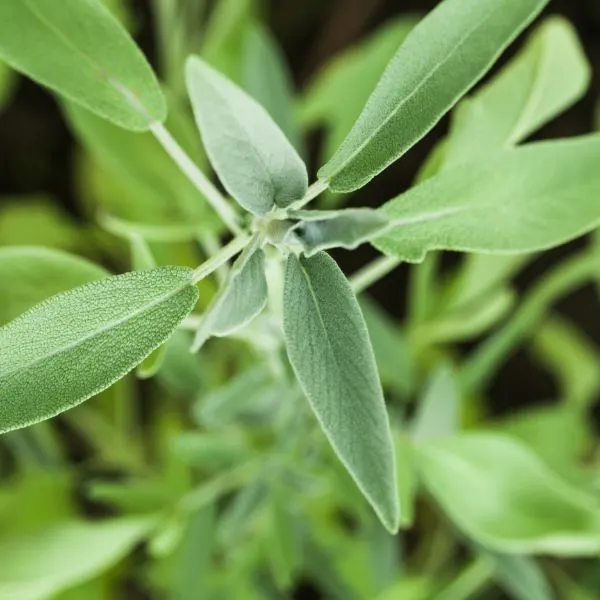
While ginger likes a wee bit of shade, Sage doesn’t like that arrangement at all, and so it’s best not to plant these two together. Sage is a hardy evergreen plant that is going to have its leaves all year-round, and it will also bring you some flowers in the spring, as well. Sadly, if your ginger shades it, then your sage won’t be doing so well. As such, it’s best to just keep these two separate, at least until you move them into the kitchen!
6. Spinach

Spinach is definitely a yummy addition to any garden but while it’s great for Popeye, it’s not so good for your Ginger. It’s not a problem with nutrients or shade, but rather the water requirements of the spinach. While a pairing of these two might work with a decent amount of space, it’s best to simply keep them separated, as the water needed to make your spinach leaves their tastiest is simply too much for your ginger to be very happy about.
7. Squash
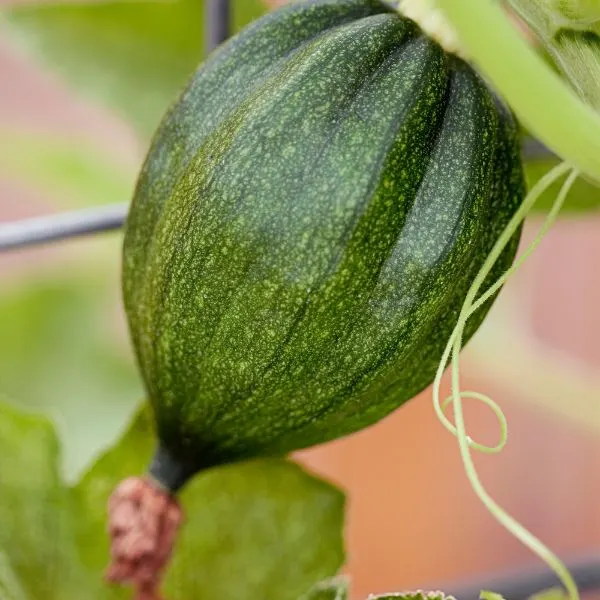
Like spinach, squash needs a lot of water in order to look and taste its best, but it’s also prone to bacterial wilt. This typically occurs around the point that the plants start developing their vines. As vines like to creep out where they feel like it, this could be a recipe for bacterial wilt for both plants.
It’s easy to avoid, of course – just plant them in their own spots where they won’t be bothering each other!
8. Thyme
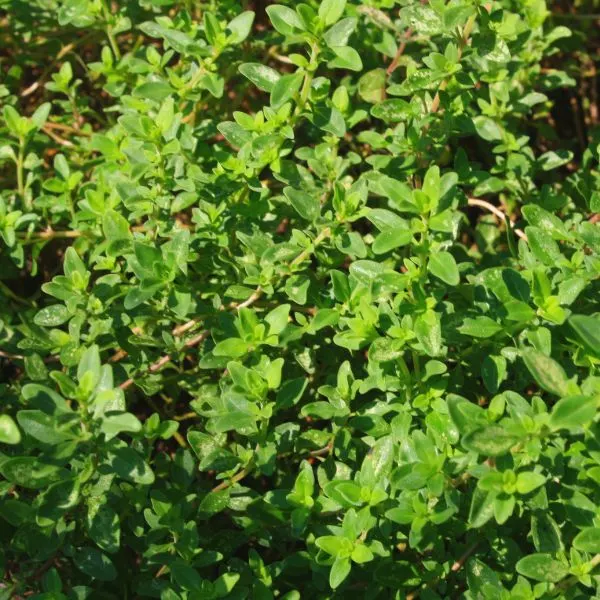
Ginger’s a popular spice, thyme is also a popular spice, but beyond their food-spicing friendship and common ground, they simply do not make good mates in the garden. The biggest problem with this pairing is the soil – Thyme likes it a wee bit wetter than your ginger will be comfortable with, so you’ll want to keep this in mind and place it far away from your ginger.
9. Tomatoes
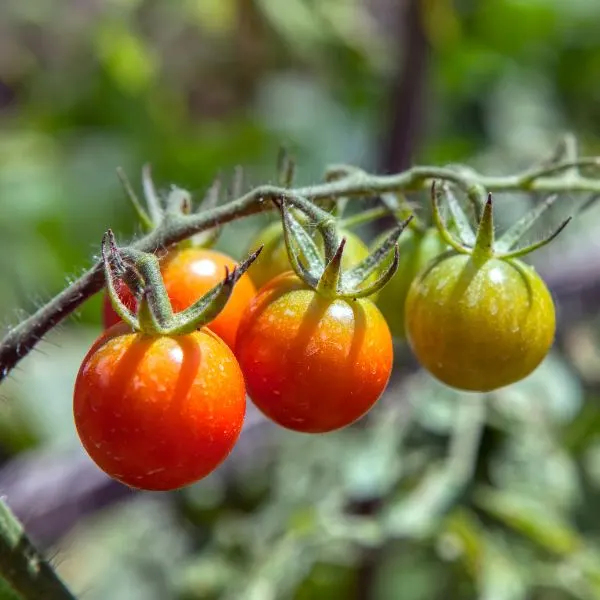
Tomatoes are a delicious member of the Nightshade family and while you might cook them up with ginger, when it comes to your garden it’s best to keep these two separated. The biggest reason for this is bacterial wilt, which is a problem for both plants. By planting them side by side, you’ll be increasing the risk of bacterial wilt getting a hold on both plants, so it’s better to keep these two separated to avoid this altogether.
10. Walnut

While it’s nice to have your own personal supply of walnuts in your backyard, you’ll want to be careful what you plant next to them and ginger is definitely a pairing to avoid. The problem has to do with a toxin called Juglone, which walnut trees release into the soil. This can affect the growth of many different types of plants and ginger is one of them.
So, be sure to give your walnut tree a wide berth where ginger is concerned or your ginger won’t be a very happy camper at all.
FAQs
It’s just about time for us to head our merry way, but before we go, we wanted to share some frequently asked questions that we get about companion planting and ginger. Each of these questions is one that we get asked enough that we think you’ll find this information useful when it comes time to strategize your garden. With a little luck, you’ll soon get to see the benefits of companion planting firsthand. Let’s take a look and we’ll see what you think!
Where is the best place to plant ginger?
A very important part of companion planting is knowing each plant well enough to make sure that they’ll play well together. For ginger, the best growth scenario is a hot, humid environment, with a rich soil that doesn’t dry out very quickly – but it can’t be soggy. If the soil is too wet, then your ginger becomes at risk for root rot, so you want something well-draining that will retain moisture, just not TOO much.
Keep that in mind when you pick its companion and you’ll be well on your way to discover the perks of companion planting!
What is the function of companion plants?
Companion plants are meant to improve the defenses of one of both plants, increase yields, improve flavor – basically think of it as planting a ‘team’ rather than a single plant. The best pairings are usually the ones where every plant brings something to the table, but as everyone’s garden is a little different. So, get creative with it and see what happens.
One good approach is simply seeing which pests each plant is vulnerable to and what they repel, so that you can start with simple pairings that will protect each other. You should also take your time and try not to get too complex with things – once you’ve built up a little experience with companion planting, you’ll be able to come up with some good options quickly and you can really get strategic with the whole garden!
Can I plant companion plants in pots?
If you like the idea of a particular pairing but you’re worried that they will compete over nutrients, then you can always pot one of the companions and simply keep it close. For instance, the scent of ginger is unpleasant to roaches, ants, and mosquitos, so placing them close to another plant in its own pot can work quite well.
You can also experiment with planting pairs in pots first before going whole-hog and setting up some more complex rows in the garden. It’s not a race, after all, so be sure to experiment and have a little fun with it. Companion planting can be a little hit and miss at first, but once you get the hang of it the results can be nothing short of amazing!
Can you plant companions together in 3‘s?
Yes, you can, and a really great example of that is the ‘Three Sisters’ grouping that has been a popular method discovered by Native Americans. With the sisters — Corn, Squash, and Pole beans – you have a grouping that is supportive of each other and which enriches the soil for all.
The corn, for instance, provides vine support for the beans, which in turn are going to enrich the soil with nitrogen that all sisters can take advantage of. As those beans grow up through squash vines, they will also knit the sisters together more tightly for mutual support. The squash will also chip in with its prickly leaves, which help to keep away pests, but will also create a sort of living mulch that will help the soil to retain more moisture by keeping it cool and will also keep weeds at bay by taking up the space.
It’s a classic example of companion planting at its finest and well worth trying sometime if you’ve got the patience and the space.
How often does ginger need water?
A final consideration in companion planting is the water requirements, since ginger is susceptible to root rot and this may make it a poor companion for some plants you might be considering. For ginger, a once-a-week deep watering is just about perfect, so keep this in mind when you are choosing a companion in order to help ensure that they get along well together.
Some final words on the best companions for ginger
That’s all the time that we have for today but we hope that you’ve enjoyed this little exploration of the best and worst companion plants for ginger. You’ve really got a lot of good choices, too. With fruit trees, for instance, you get a little shade for the ginger and your fruit tree gets some natural insect repellent standing vigilant at all times. With cilantro, you’ll get pretty flowers, healthy plants, and a scent that you really have to experience firsthand to fully appreciate.
Just have fun with it and do a little homework, whether through some heavy Googling, experiments in a pot, or a little of both. Once you start to learn the ropes a little, you’ll be absolutely amazed at what a proper pairing or even a grouping of 3 or more can do.
We want to thank you for reading and until next time, we wish you and yours the very best!
More companion plants
